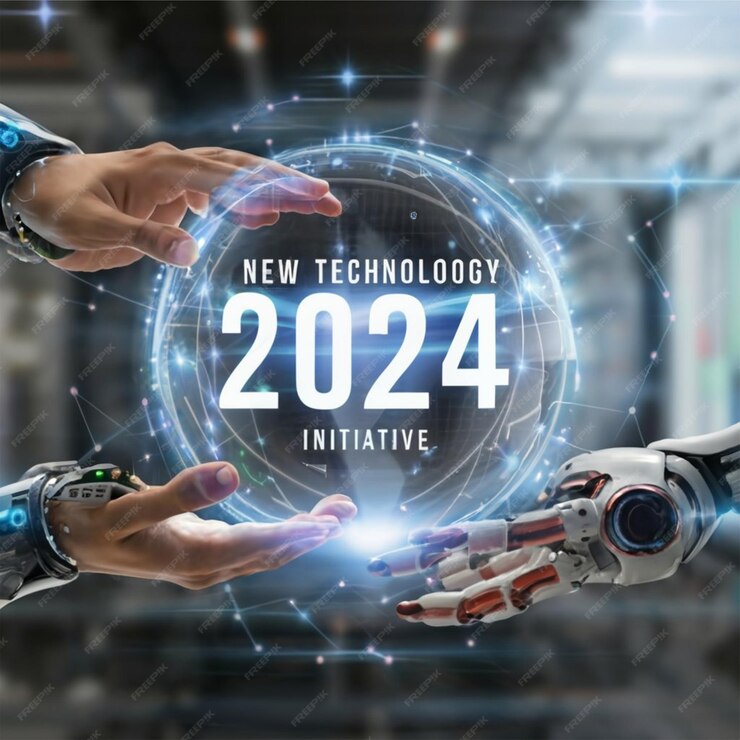In an era where technological advancements are reshaping industries and revolutionizing the way we work and live, artificial intelligence (AI) stands out as a game-changer. The integration of AI into software development has opened up a realm of possibilities, allowing developers to create intelligent systems capable of learning, adapting, and making decisions autonomously. In this blog post, we’ll delve into the world of AI-powered software development, exploring the fundamentals, tools, and best practices to help you embark on your journey to building intelligent software.
Table of Content
- Understanding AI in Software Development
- The Fundametals of AI-Powered Software Development
- Tools and Technologies of AI-Powered Software Development
- Best Practices for Buildig AI-Powrered Software
- Conclusion
Understanding AI in Software Development

Before diving into the nitty-gritty of building AI-powered software, it’s crucial to understand what AI is and its role in software development. At its core, AI refers to the simulation of human intelligence processes by machines, enabling them to perform tasks that typically require human intelligence, such as learning, problem-solving, and decision-making. In the context of software development, AI algorithms are employed to analyze data, recognize patterns, and make predictions, ultimately enhancing the capabilities of software applications.
The Fundamentals of AI-Powered Software Development

Building AI-powered software involves a series of key steps and considerations, starting with defining the problem you aim to solve and identifying the data sources necessary to train your AI models. Here’s a breakdown of the fundamental components of AI-powered software development:
- Problem Definition: Clearly define the problem you want your AI-powered software to address. Whether it’s automating tasks, improving decision-making, or enhancing user experiences, a well-defined problem serves as the foundation for your development efforts.
- Data Acquisition and Preparation: Data is the lifeblood of AI. Collect and preprocess relevant data from various sources, ensuring its quality and relevance to your problem domain. Data preprocessing involves tasks such as cleaning, transforming, and encoding data to make it suitable for training AI models.
- Model Selection and Training: Choose the appropriate AI model(s) based on your problem requirements and data characteristics. Train your models using labeled data, iteratively refining them to achieve optimal performance. Popular AI techniques include machine learning, deep learning, and reinforcement learning.
- Evaluation and Validation: Assess the performance of your AI models using evaluation metrics and validation techniques. Validate the models against unseen data to ensure their generalization capability and reliability in real-world scenarios.
- Integration and Deployment: Integrate the trained AI models into your software application, ensuring seamless interaction with other system components. Deploy the AI-powered software in production environments, monitoring its performance and making necessary adjustments as needed.
Tools and Technologies for AI-Powered Software Development

The landscape of AI tools and technologies is vast and constantly evolving. Leveraging the right tools can streamline the development process and empower you to build robust AI-powered software. Here are some essential tools and technologies commonly used in AI-powered software development:
- Machine Learning Libraries: Libraries such as TensorFlow, PyTorch, and scikit-learn provide a rich set of tools and algorithms for building and training machine learning models. These libraries offer high-level abstractions and efficient implementations of popular algorithms, making it easier to develop AI-powered software.
- Data Processing Frameworks: Frameworks like Apache Spark and Apache Flink facilitate large-scale data processing and analytics, crucial for handling the volume and velocity of data in AI applications. These frameworks support distributed computing and provide APIs for data manipulation, transformation, and analysis.
- Development Platforms: Platforms like Google Cloud AI Platform, Amazon SageMaker, and Microsoft Azure Machine Learning offer end-to-end solutions for developing, training, and deploying AI models at scale. These platforms provide managed services for model training, hyperparameter tuning, and deployment, abstracting away the complexities of infrastructure management.
- Natural Language Processing (NLP) Tools: NLP tools such as NLTK, spaCy, and Hugging Face Transformers enable developers to build AI-powered applications that understand and generate human language. These tools offer pre-trained models and APIs for tasks like text classification, sentiment analysis, and language translation.
- Reinforcement Learning Frameworks: Frameworks like OpenAI Gym and TensorFlow Agents support the development of AI systems that learn through interaction and feedback from their environment. These frameworks provide environments, algorithms, and evaluation metrics for training reinforcement learning agents on a wide range of tasks.
Best Practices for Building AI-Powered Software

While the allure of AI-powered software development is undeniable, it’s essential to adhere to best practices to ensure the success and sustainability of your projects. Here are some best practices to consider:
- Start Small, Iterate Often: Begin with a minimum viable product (MVP) and iteratively refine your AI-powered software based on user feedback and real-world usage. Starting small allows you to validate your ideas quickly and adapt to changing requirements.
- Focus on Data Quality and Privacy: Prioritize data quality and privacy throughout the development lifecycle. Ensure that your data collection practices are ethical and compliant with regulations such as GDPR. Implement robust data governance and security measures to protect sensitive information.
- Embrace Interpretability and Explainability: Strive to make your AI models interpretable and explainable, especially in high-stakes domains such as healthcare and finance. Understandable models not only inspire trust but also enable stakeholders to understand the reasoning behind AI-driven decisions.
- Invest in Continuous Learning and Improvement: AI is not a one-time endeavor but a journey of continuous learning and improvement. Stay abreast of the latest research advancements, experiment with new techniques and technologies, and foster a culture of innovation within your development team.
- Collaborate Across Disciplines: Building AI-powered software requires collaboration across diverse disciplines, including software engineering, data science, and domain expertise. Foster a multidisciplinary team culture where experts from different fields work together towards a common goal.
Conclusion

The fusion of AI and software development represents a paradigm shift in how we design, build, and interact with software applications. By harnessing the power of AI, developers can create intelligent systems that augment human capabilities, automate repetitive tasks, and unlock new opportunities for innovation. Whether you’re a seasoned developer or a newcomer to the world of AI, embracing the fundamentals, tools, and best practices outlined in this guide will set you on the path to building intelligent software that shapes the future of technology.



One Comment on “A Guide to Building Intelligent Software”